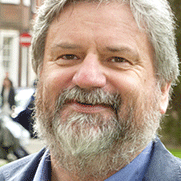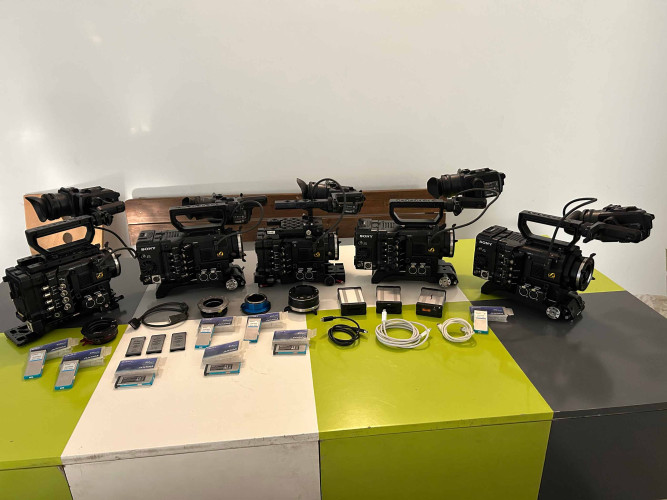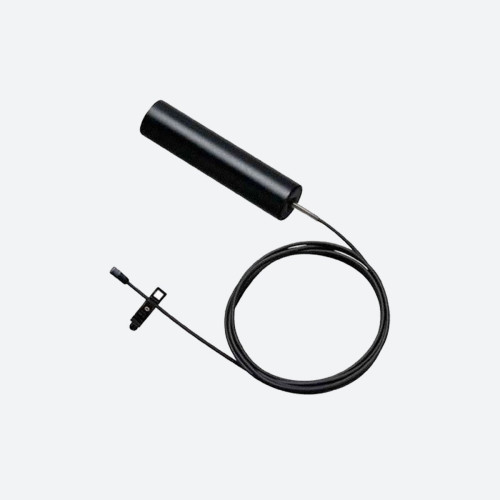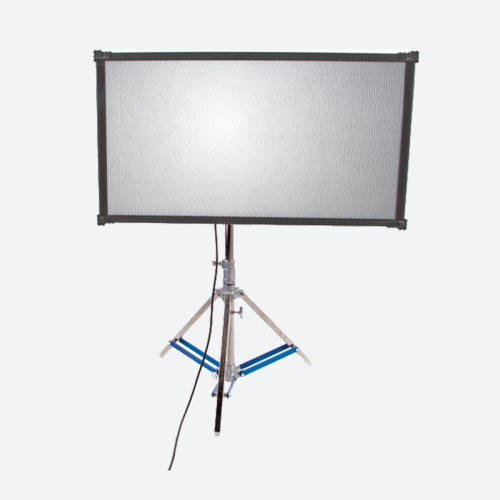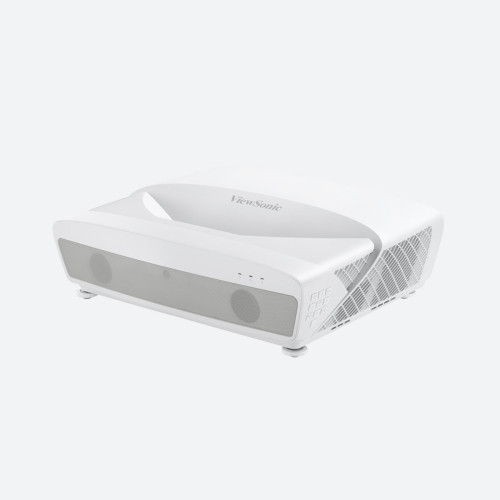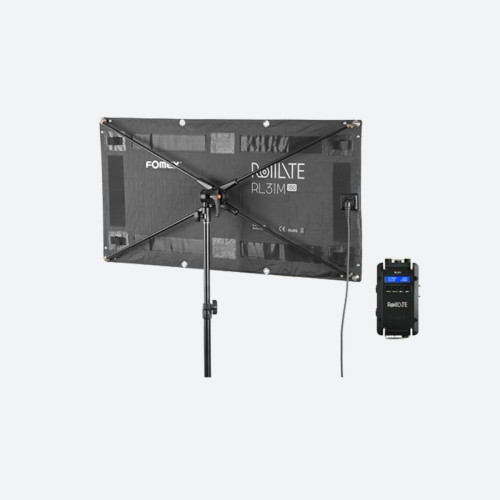by Dick Hobbs Issue 112 - April 2016
That is the MIT Media Lab saying, in a typically American academic way, that they want to help producers make better content. That is what you find if you Google "object-based broadcasting".
Which is what I did on your behalf this month, because BT Sport - which seems to have taken up the idea of innovation in broadcasting like its parent company has so signally failed to do with broadband delivery - has announced it is to experiment with object-based broadcasting.
So what does this new and slightly scary expression mean? Essentially, it means producing content as we do now, but instead of offering it to listeners neatly packaged up and ready to enjoy, it gets sent as a kit of parts for you to assemble as you wish.
To take a very simple example, think of the last match of the Six Nations. You might be irked that the commentators kept talking and you could never hear what referee Nigel Owens was saying, and you had a distinct impression that he was on top joking form. But the soundtrack was mixed in the back of the truck and you were stuck with the balance.
An object-oriented soundtrack would give you the commentators, the referee\'s microphone, the English fans and the French fans all as separate feeds and you get to mix your own sound as you want.
For a more complex example - but sticking with sound - BBC R&D commissioned a radio documentary called Responsive Radio (you can still hear it at www.bbc.co.uk/taster/projects/responsive-radio). The difference here is that you can choose how long a programme you want to listen to, but still get the same story. Tell it the length you want and it will be re-edited just for you, in real time, in your browser.
Apparently to achieve this needed 99 separate pieces of dialogue, 11 pieces of music and one seagull. And quite a complex map of all the links.
Now I\'m going to let you into one of my most guilty secrets. I quite enjoy bits of Michael Portillo\'s social-history-by-riding-trains series. But the programmes are hugely infuriating in that a nominal half hour slot actually includes less than 20 minutes of content because it starts a great chunk of boilerplate about Bradshaw at the beginning, then a preview of the programme, then the journey for the week, then the journey for the day.
At the end of the programme you get the recap, then the preview of the next day\'s programme (frame for frame repeated at the beginning of that show). If there was a way of watching a week\'s worth in about 90 minutes without all the padding it would add immensely to my enjoyment.
The next step is to extend it from just the one stream to cover multiple devices. First, you could use responsive design to match the content to the screen, allowing you to choose big wide movie-style views for the living room television and much tighter framing on the phone (which also has stereo sound with the dialogue slightly forward for headphones in a potentially noisy environment).
Or you could provide different content to different devices simultaneously. Which is where BT Sport comes in, with its trial of object-based broadcasting on MotoGP coverage. The trial, incidentally, is part-funded by an EU research and innovation fund, in case that sways your referendum vote (either way).
What could this mean in practical terms?
One suggestion is that if you are binge-watching you do not need the recaps, so you could tell an object-based system that you are going to want to run the first episode straight into the second.
"When viewers are surround by a number of screens, how can they better make use of them?\" said Andy Gower, head of interactive television research at BT. "How can the content be better exploited by those who are creating it?"
If it is going to work it has to be much more than just adding a second screen app. It has to be an intelligent use of the available screen real estate as well as giving the consumer the ability to control how much information they need, or indeed which view to take.
"Keeping things separate until they arrive a the viewer\'s device, rather than burning them all together, allows us to create a much more flexible experience,\" Gower said. "It is important that the director and producer feel very much in control and are crafting an experience - but one that works across multiple screens."
Will this collaboration between viewers and directors turn into a new and valuable way of engaging with audiences, or will it just be another science project that goes nowhere.
It remains to be seen. I cannot resist quoting the BBC\'s Matthew Brooks, though. "If we can send any object from a broadcast to any device, we could use every connected device in your home as a screen or a speaker,\" he wrote.
And added "I don\'t know about you, but I\'m imagining the scariest episode of Doctor Who ever."



